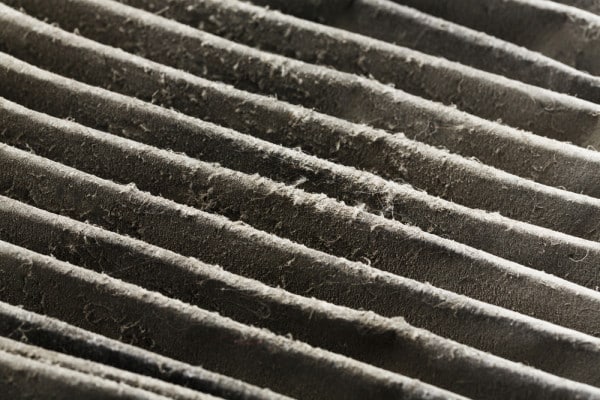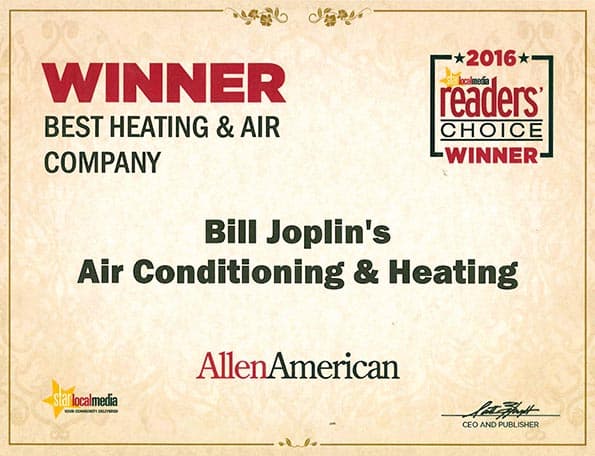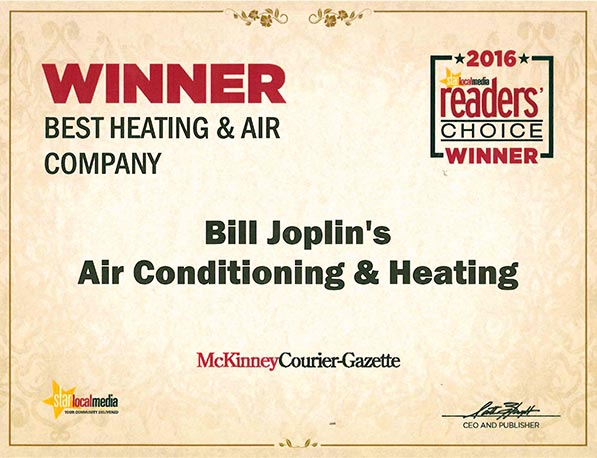Replacing the air filter in your HVAC system is an important part of your regular maintenance routine. You should plan to change your filter once every one to three months for optimum performance. A clean air filter will stop excess dust, dander, pollen, and other pollutants from circulating through your Dallas, Texas, home. Follow these tips to choose the best product.
Check Your Manufacturer’s Guidelines
Your HVAC manufacturer’s instructions will provide important details about the type of filter you should select for your system. The first thing to consider is size. This is one feature you can’t adjust. Make sure you’re shopping for a filter that meets the exact measurements required for your system so you have the proper fit for safety and efficiency.
Look at the MERV Rating
The MERV rating tells you how efficient filters are at removing particles from the air. The higher the rating, the more particles your filter will stop. Filters with a rating between one and four stop 60 to 80 percent of airborne particles. With a MERV rating of five to eight, this increases to between 80 and 95 percent. Filters rated from nine and 12 stop about 90 to 98 percent of contaminants.
While a higher number will increase the filter’s ability to capture dust and other particles, it also decreases the energy efficiency of your system. Your furnace and air conditioner have to work harder to pull air through a finer filter, so it’s important to find the right balance. Most homeowners do well with a MERV rating of 7 or 8.
Compare Disposable and Washable Options
Disposable air filters are the most convenient option for most homeowners. When it’s time for a replacement, you can simply throw away the old filter and slide a new one in. Washable air filters are more expensive, but are designed to last for several years. You must remove and clean these filters about once a month for the best performance.
If you need additional help choosing the right filter or keeping your HVAC system maintained, contact Bill Joplins at 888-414-4655 for your HVAC needs.





